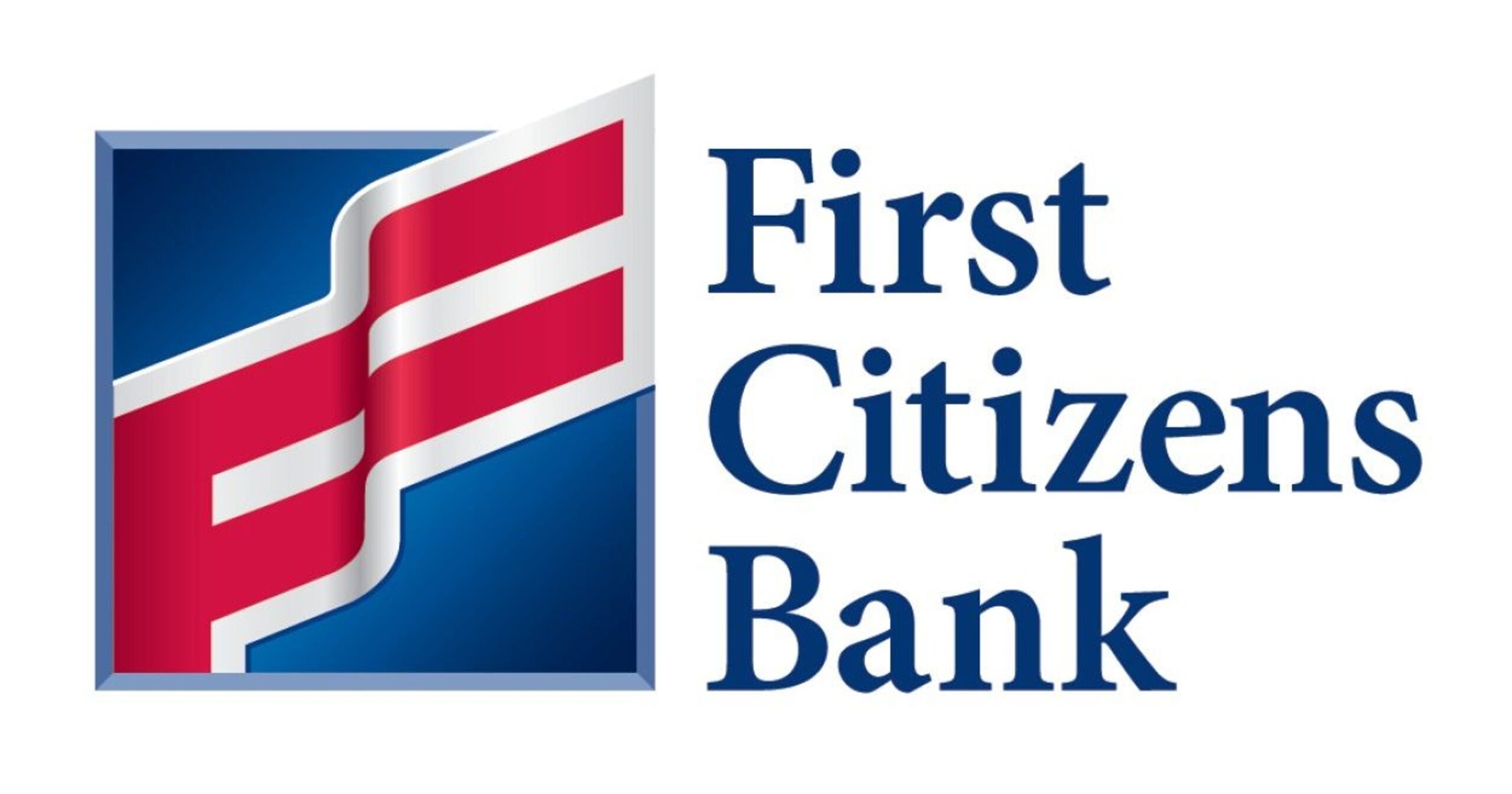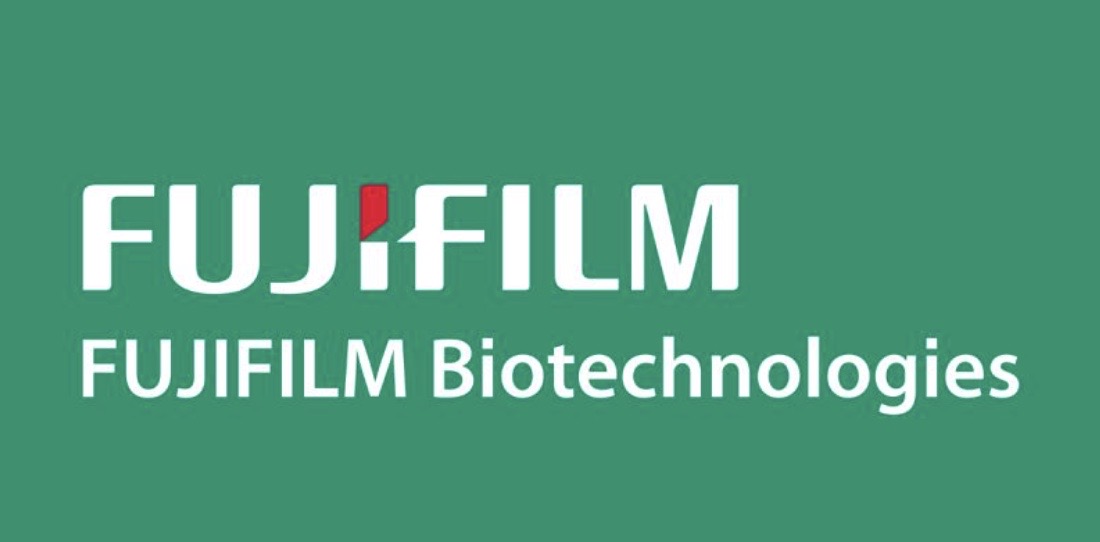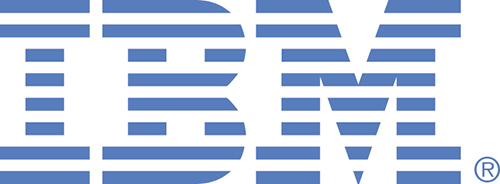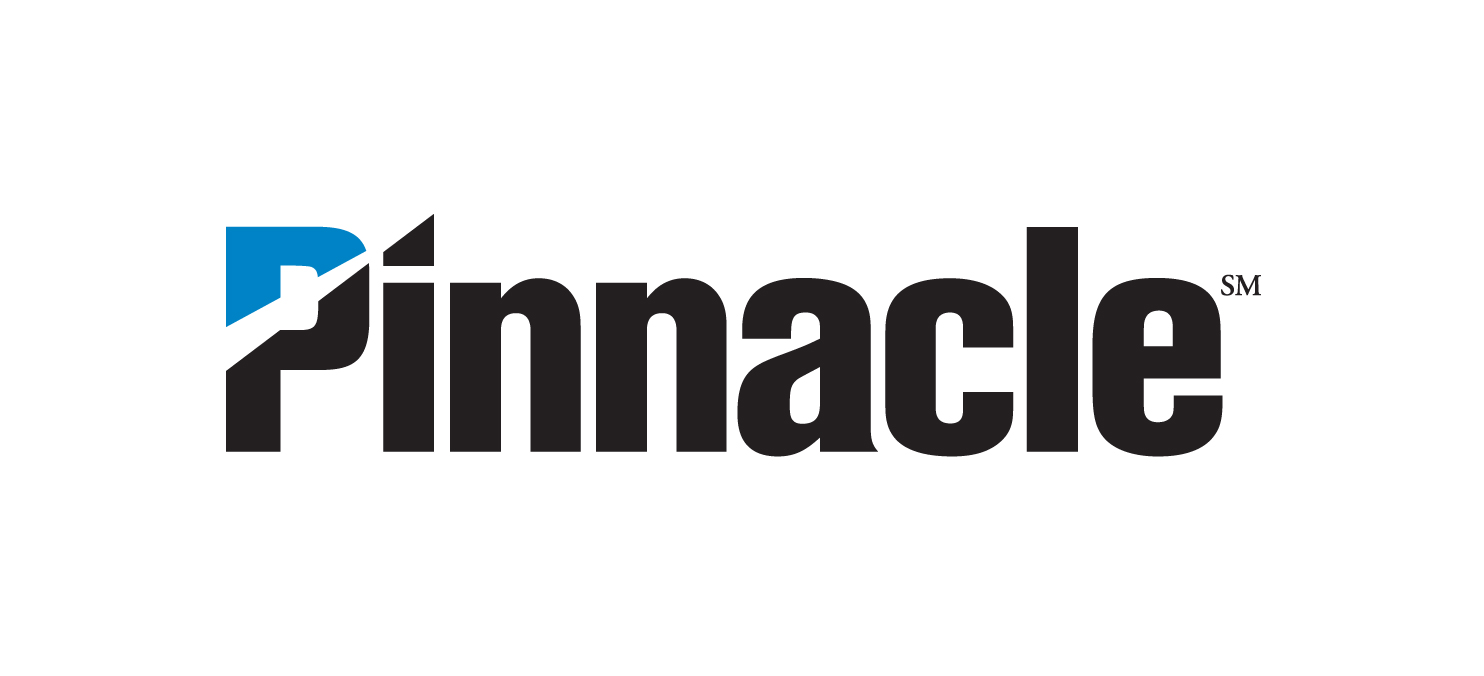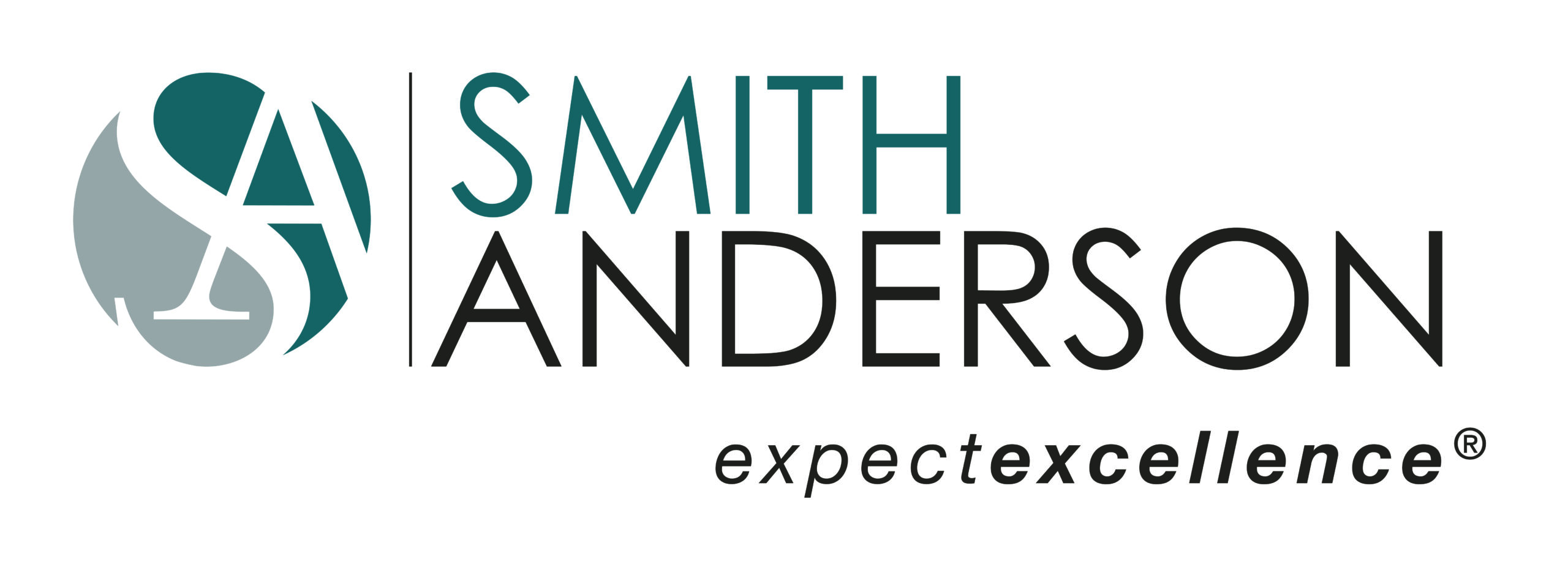One of RTA’s top priorities is to accelerate the development of an enhanced regional transit system.
The regional business community believes that an increasingly effective, equitable, and exceptional regional transit system will be transformational for our entire metropolitan area. It will expand accessibility, increase opportunity, and improve our community’s economic mobility and sustainability.
RTA is focused on advancing a 7-part rapid implementation vision for enhanced regional transit:
- Regional / commuter rail spines
- Regionwide Freeway And Street-based Transit (FAST) network, including BRT corridors/extensions
- Multimodal links, including Triangle Bikeway, greenways, protected bicycle lanes, and “complete streets”
- Frequent service with last mile(s) solutions – and a customer centric, operations and innovation mindset
- Zero fare transit policy to promote equity, ridership, and system efficiency
- Equitable land use policies that encourage proximity and economic mobility
- Sustainable energy practices for reliability, environmental, and public health goals
Note that the first 3 parts above focus on infrastructure, the 4th on service, and the final 3 are complementary policies.
See below for additional background on this 7-part vision to enhance regional transit.
Regional / commuter rail spines.
We are blessed to have the North Carolina Railroad Company corridor in our region. This is an existing shared-use freight and passenger rail corridor that directly links the downtowns of our three most populous communities as well as several universities and the Research Triangle Park. The midpoint of the entire 317 mile corridor from Charlotte to Morehead City is in the heart of the Triangle, roughly where I-540 crosses the corridor. RTA is excited about the opportunity that the development of a well-located, regional and commuter rail spine can mean for from a future connectivity standpoint.
We also note the potential of a second regional and commuter rail corridor that could complement the NC Railroad Corridor initiative. The “S-line” concept, being led by NCDOT, would link Sanford, Apex, Cary, Raleigh, north Raleigh, and Wake Forest – and eventually Petersburg and Richmond, Va. – with intercity passenger rail service.
There will naturally be different pictures as what an initial and future regional and commuter rail investment could or “should” look like. Much of those variations relate to tradeoffs as to the numbers and locations of stations, the amount of new track infrastructure, how often trains arrive throughout the day, and so on.
RTA recognizes that this is going to a challenging, all-hands-on-deck regional priority, given both its cost and complexity, and an important regional conversation that we are pleased to be a part of. We are committed to advancing regional/commuter rail in a purposeful, inclusive way — and that includes our leadership briefing and tour to South Florida in late March 2022. We applaud tour title sponsors GoTriangle and the NC Railroad Company for working on the regional/commuter rail initiative that, together with a regionwide bus rapid transit network, can develop a robust enhanced regional transit system over the next decade.
The regional business community looks forward to, and supports, the continued development of an east-west regional/commuter rail spine along the NCRR corridor between Raleigh and Durham, extending west to Orange and Alamance counties, and east to Johnston and Wayne counties, intersecting with a southwest to northeast S-line regional/commuter rail spine. We recognize that regional/commuter rail is expensive and that equity is a major consideration, and we also note its significant upside potential in terms of reliable connectivity for our increasingly spread-out metropolitan area. As this is a transformational, multigenerational investment with multi-billion dollar capital and multi-million dollar operating costs, our community needs to understand what it wants, what it needs, what it can afford, and perhaps what it can wait on.
Regionwide Freeway And Street-based Transit (FAST) network, including BRT corridors/extensions.
RTA, NCDOT, and GoTriangle completed an initial Freeway And Street-based Transit (FAST) network study of the potential for transforming the Triangle’s roadways into multimodal corridors. You can view Triangle area findings, implementation playbook, and FAQs.
The goal of a regionwide Freeway And Street-based Transit (FAST) network is to complement and incorporate the ongoing and upcoming work on BRT (bus rapid transit) and regional/commuter rail while proposing a scalable approach to leverage our existing roadways for enhanced transit. Learn more about the recent FAST study via this media story, and this 2020 online briefing video (scroll down).
Our various BRT corridors will serve as the backbone of the FAST network; in fact, BRT could also be thought of as our “backbone rapid transit” corridors. BRT will have high frequency service all-day along corridors that will be primarily dedicated bus lanes and/or RED transit lanes (that also permit right turns, emergency vehicle use, and driveway access). We already have more than 50 miles of BRT planned for completion by the end of this decade, including 4 interconnected BRT corridors centered on downtown Raleigh, plus two BRT extensions serving Wake, Johnston, and Durham counties, as well as a corridor in Orange County.
Our enhanced transit future begins in earnest this year: Later in 2022, the City of Raleigh will begin construction of its BRT corridors, with an initial corridor along New Bern Avenue between downtown and east Raleigh. Subsequent Wake BRT corridors and extensions will head west to Cary, with a potential extension to Morrisville and Research Triangle Park (RTP); south to Garner with a potential extension to Clayton; and north toward North Raleigh. Chapel Hill is also developing a north-south BRT corridor.
Given that there are currently zero miles of BRT in either existence or under construction in our region as of spring 2022, the rapid deployment of literally dozens of miles of BRT infrastructure and service across portions of four counties within the next ten years will be truly transformational from a transit accessibility and experience standpoint. To be clear — each BRT link or corridor does not need to be, and in fact should not be — “Gold standard” BRT. While RTA supports “transit advantage” infrastructure investments to make transit buses move more quickly and reliably, those sorts of investments are not needed everywhere, or at least not all-at-once. As useful as dedicated lanes can be, it is the improved, reliable frequency — that is a decreased period between successive arrivals — that truly reduces uncertainty, removes barriers, and makes the entire transit experience not just better but plausible for more people to consider.
However, while this is all very promising, it still will not yet result in a truly regional, interconnected rapid transit system connecting our four largest counties, as the Chapel Hill BRT will not directly link to either regional/commuter rail or to any of the other proposed BRT corridors. There will still be missing rapid transit linkages, and the regional business community is committed to highlighting opportunities to resolve those.
The I-40 transit priority shoulder concept, which would utilize an expanded inside median freeway shoulder for higher speed bus travel during congested periods, is a primary element of our future metropolitan FAST network; transit priority shoulders will complement and extend BRT and regional/commuter rail investments. While this is of particular regional connectivity importance to southeastern Orange County, it has broad opportunities for existing and proposed freeways and other vital roadways across our market. While the transit priority shoulder concept is very promising and is actively being considered, it is not yet on any approved regional plan; RTA will be advocating for its inclusion in various projects in 2022 and beyond.
In addition, we will need to constantly look for ways to increase connection opportunities and efficiencies between the expanding, regionwide BRT network, the regional/commuter rail spine, and key destinations such as RDU International Airport. The western and southern Wake BRT extensions study is a very promising way to accomplish this, and RTA is pleased to help fund this initiative. RDU Airport must and will be directly served by the region’s rapid transit system via an expanded Freeway And Street-based Transit (FAST) network, and potentially via a dedicated BRT route.
In summary, our high frequency BRT corridors will serve as our backbone rapid transit lines and the core elements of our regionwide Freeway And Street-based Transit network; the FAST network and associated infrastructure will link our extended region together as never before by leveraging and transforming our roadways into multimodal freeways and streets.
Current regional train service
It is also important to note that we already have the beginnings of a regional/commuter rail system in place right now.
You can download a pdf of the schedule here.
Multimodal links, including Triangle Bikeway, greenways, protected bicycle lanes, and “complete streets”
A regional commuter rail spine and a regionwide Freeway And Street-based Transit network, including multiple BRT corridors, have the ability to be transformational investments for the Research Triangle area. However, even if commuter rail and all approved BRT corridors and extensions were open and operating today — including transit priority shoulders on all of our metropolitan freeways — that would not ensure the effectiveness of these regional investments.
Multimodal elements and linkages are the “getting to” portion of our metropolitan rapid transit system. These will include building the regional Triangle Bikeway corridor(s) and institutionalizing a true multimodal view of the public mobility realm with complete streets.
The proposed Triangle bikeway — modeled after similar corridors in Colorado, Utah, and elsewhere — is one such investment at the regional level that could create regional dividends from both a transportation and a public health perspective. We commissioned a visualization study with RTA Regional Leadership Team member McAdams to highlight what this corridor could look like.
E-assist bicycles can also be particularly helpful in regions that have a degree of terrain — like the Triangle. Of course, we will need the complementary bicycle infrastructure on the ground to make journeys safe and attractive. While some dedicated bicycle lanes are already in place in areas such as Downtown Raleigh, and protected intersections are proposed for segments along Six Forks Road in north Raleigh, we will need far more for a truly connected grid for our most vulnerable road and street users.
The pandemic has elevated the importance of public health and human connectivity in our lives. Fortunately, there are ways to meld our transit investments and the built environment into one that is more inviting and provides more effective mobility.
Several communities nationally have dramatically accelerated bicycle infrastructure, through targeted investments, outreach, technical assistance, and accountability. Our region is steadily expanding our infrastructure, and RTA is committed to supporting and promoting those efforts.
Frequent service with last mile(s) solutions – and a customer centric, operations and innovation mindset
The business community cannot predict the future, but we can expect that an increasingly dynamic suite of last mile(s) solutions will be increasingly on offer for our region, including e-bikes, scooters, smart circulators, and preserved or enhanced local service.
Last mile(s) solutions — whether we are talking shared bicycles like Cardinal Bikeshare in Raleigh, shared ride scooters, future autonomous shuttles like those at the Wright Brothers National Memorial and Yellowstone National Park in 2021, etc. can also be low speed, high accessibility solutions.
Our region, including the regional business community, supports transit investments to accomplish a variety of objectives — mobility, accessibility, affordability, equity, environmental preservation, and so on.
While all of those are laudable community objectives, mobility must remain paramount for us to have both an effective transit investment and one that catalyzes the other changes we are looking for over time. Perhaps the simplest, most effective way to prioritize mobility is to ensure that a transit operations lens permeates our decision-making and outreach. In addition, thinking through our proposed transit investments to ensure that they are as “innovation-ready” as possible will help optimize mobility over time.
A core benefit of a transit operations mindset — in other words, a focus on keeping transit vehicles moving while minimizing waiting times for customers — will inherently and automatically elevate service quality, increase ridership, enhance equity, and help realize other goals.
In practice, this means that we need to prioritize “transit advantage” investments — in other words, transit “go infrastructure” — such dedicated or RED transit lanes, queue jumps, transit priority shoulders on freeways, transit signal priority, dedicated on- and off-ramps for transit, on-ramp signal bypasses for transit, etc. along with level or near-level boarding for transit patrons to get on/off buses more quickly. Go infrastructure is at least as important as premium transit stop infrastructure (i.e., attractive stations).
In addition, an innovation-ready mindset will keep us open to new ideas and opportunities. Transit and mobility technology will constantly evolve in our region and elsewhere. As well, our market will continue to disperse, bringing more communities into our metropolitan orbit, and innovations will make some options viable and others obsolete.
The reality is that major, multigenerational infrastructure projects take a long time to develop, both by their very nature and due to governmental funding and environmental review processes. It is imperative that we continue think through likely or possible changes in behavior (e.g., work from home, work from anywhere, increasing dispersion), changes in technology (autonomous transit, electrification), and the resulting or potential implications for major transit investments — including our assumptions about capital cost, operating cost, ridership over time, and accessibility.
The regionwide BRT network, in particular, should be designed or at least planned for progressive innovation — whether that innovation is propulsion (e.g., electric), autonomy, vehicle size, local versus express service options, and so on.
The recently-completed RTA Freeway And Street-based Transit (FAST) study provides an operations-focused framework for leveraging our existing roadway system to help create a truly regionwide transit network. A FAST approach prioritizes transit efficiency and reliability while improving mobility for all roadway users. A FAST network neither denigrates nor glorifies vehicle travel; instead it applies a complete streets framework to both freeways and streets so that roadway space and travel advantages are provided for transit in a purposeful, holistic way to maximize overall mobility and travel options.
Just as our region will never get to a particular static size, our metropolitan rapid transit system will never truly be “complete.” The regional business community and our transit partners will continue to look for innovative approaches to provide more and better transit for more people, more quickly, and to make those opportunities more effective, ubiquitous, and sustainable over time, as our market, knowledge, and experience continues to grow.
Here are a few prior blogs on innovation, disruption, and resilience (1, 2, 3).
Zero fare transit policy, to promote equity, ridership, and system efficiency.
If you are looking for a high impact transit play to increase equity and improve ridership, this is it. Eliminating fares — even if only on some days to start, like the “zero fare weekends” concept we have previously suggested — can make a dramatic impact on ridership, sustainability, accessibility, and shared support for transit. Chapel Hill Transit is already fare free every day, and will continue to be – including the future north-south BRT corridor in Chapel Hill.
It is a fair observation that the increasingly spread-out Triangle is not naturally suited for “mass” transportation — we are a “many-to-many” region when it comes to travel and circulation. This means that our transit routes are inherently less “productive” from an efficiency standpoint, in that they typically have lower usage and lower revenue per hour than an comparable market with a different geography of place and space. However, this “bug” in terms of transit efficiency becomes a “feature” when it comes to implementing zero fare transit. The reason is this: we are already subsidizing transit at such a high percentage (i.e., around 90% of operating costs, or a 10% “fare recovery ratio”), that there simply is less of a remaining operating costs financial gap to cover.
We have previously made the point that zero fare transit will reduce or eliminate several mental, physical, and financial barriers to considering and using transit. It simplifies all aspects of the purchase decision, financial accounting, fare policy, and fare security framework — by eliminating all of them. It also greatly reduces the time to board or depart transit, and creates an improved driver-passenger experience. By increasing transit ridership while reducing transit stopping (dwell) times, zero fare also benefits those who do not use transit, since buses keep moving.
Nothing is as simple as we would like it, of course: under federal law, if you make your fixed route transit routes free, you also have to make your associated paratransit (dial-a-ride) routes free, assuming you are accepting any federal funding for your transit system. Paratransit services while essential for their patrons, are far more expensive to operate compared with a typical fixed route bus service. Since there is uncertainty about how much demand a zero fare paratransit scenario would engender, the regional business community has suggested commencing with a “zero fare weekends” pilot — or even just a “zero fare Saturdays” to start — and then slowly add days over time.
We have an ongoing study with RTA Leadership Team member HDR to examine how to transition from our current suspended fare policy to a permanent zero fare policy. We released preliminary findings at least year’s transportation breakfast event and we will deliver a follow-up report in future months.
Here are a few prior RTA blogs on the potential of zero fare transit (1, 2, 3, 4).
Equitable land use policies that encourage proximity and economic mobility.
Major transit investments like commuter rail and bus rapid transit have the ability to help shape growth. Complementary land use policies to leverage our transit investment — and elevate all of the people of our regional community — must be undertaken with both a transit ridership and equity lens.
Municipalities have an opportunity to leverage our transit investments by maximizing the number of residents in close proximity — by distance or time — to the various access points (i.e., stations) of our metropolitan rapid transit system, by enabling proximate land uses and ensuring effective connections with other high frequency routes. In practice, both distance and time proximity should remain focuses for our municipal and transit partners.
While land use is beyond the primary purview of RTA, we do recognize that gentrification is an increasing focus of our community. One area that likely warrants attention is property taxation policy as it applies to or impacts residential homeowners and renters. While we may or may not make specific recommendations on this policy area, we recognize that it has the potential to either improve or reduce equity and economic mobility, particularly along our major transit corridors.
Sustainable energy policies for reliability, environmental, and public health goals.
The transit rider experience can be impacted by a number of factors, including how a transit vehicle is powered. Electrification and other low/no emission propulsion can provide profound benefits to current patrons as well as the entire community, while encouraging others to consider transit for at least some of their travel.
Climate change and sustainable energy are increasing concerns for many of us, and an ongoing focus of our Governor, NCDOT, and many of our municipalities. Our major utilities are increasingly focused on renewable energy. Saving money and providing for more reliable energy are excellent priorities in and of themselves.







